First Order Optimal Strategy
(FOOS) is a strategy with the best power/effort ratio. These
strategies require the lowest effort and skill, but provide relatively
high power or other reward. They are often discovered early on.
True Optimal Strategy (TOS) is a strategy with the
highest power regardless of the effort and skill required to execute it.
These concepts are not limited to only games, but they are applicable to any process or strategy optimization. The post on Reality Refracted describes well these ideas in relation to tabletop games, and is well worth reading. Also, Extra Credits did a very good video on this.

In games, FOOS and TOS can relate to various parts of gameplay - deciding between weapons, classes, skills, playstyles or ways to micro and macro. Let's look at Alarak and apply this to his unit compositions (Figure 1). Alarak is particularly interesting because of his clearly defined FOOS and TOS, and how difficult is it for players to transition between them.
In Figure 1, the Baseline represents random unit composition and players experimenting. However, players will quickly find a style that works - FOOS - in this case a solid opening followed by Supplicants mixed together with Wrathwalker and other units. This style works relatively well, players keeps improving it, and it gets stronger as players progress (even Baseline is increasing). After some time, another strategy becomes available. In this case it's the Supplicant/Ascendant composition (TOS). There is a Power drop when players switch from their optimized FOOS to this different and unoptimized build. After an adjustment period, the power of TOS overtakes that of FOOS. On a side note, it's possible that actual TOS include "1qe2c" or "No cooldown Alarak", but I won't go into that.
Figure 1: Simplified progression - Alarak

Even though this might look as a design issue, it's mainly a balance problem. If mech builds were a viable alternative to Ascendant TOS, players wouldn't get trapped in FOOS. Furthermore, Alarak's playstyle diversity would be improved.
For other commanders, TOS can be the same as FOOS, or the differences between them are very minimal - for example for Zagara and Nova. However, even with Nova, players can get stuck on slightly sub-optimal strategies, if they don't like using certain units. Also, certain TOS are possible since the start, but they can get progressively more viable. An example of this is building multiple Orbital Commands with Raynor, where higher upgrades and masteries let players to be even more greedy early on.

Did
I stay on a sub-optimal strategy for too long?
Some TOS can be unintuitive, for example opening with Siege Tank/Hercules, massing Orbital Commands and Omega Networks, or using Toxic Nests offensively. And as with Alarak, several FOOS are without a clear path to TOS due to balance issues - Fenix's ground compositions, Artanis' Robotic compositions, etc.
The difficulty of reaching TOS has to be set right. Having no good way to transition between FOOS and TOS can mean that players will never progress from FOOS. On the other side, if the path between FOOS and TOS is too straightforward or they are the same, the gameplay could feel more boring and shallow. A good middle ground can be a FOOS that easily transitions to the Second Order Optimal Strategy with strenght close to that of TOS. TOS then requires further experimenting and discovery.
How players
can be led to TOS:
|
What to avoid:
|
Wrap up
I don't think there is a big problem in transitioning between FOOS and
TOS in the Co-op mode. In this mode, players can progress to higher
difficulties at their own pace, as opposed to some other games, where the
inability to adapt new strategies and skills can leave players in very
poor situations, wasting their time or requiring backtracking. I prefer if
the game doesn't always hold your hand, and there is a place for
exploration. In Co-op, dead ends created by underpowered compositions pose as a bigger problem. However, the idea of FOOS and TOS should be kept in mind when deciding on viable unit compositions for a new commanders, designing abilities, progression unlocks, achievements and creating preview screenshots and videos.






